Revising satellite reentry design to mitigate orbital debris risks
Friday, 12 April 2024 14:00 In a controlled environment at the University of Stuttgart's High Enthalpy Flow Diagnostics Group (HEFDiG), a significant experiment is taking place. A reaction wheel, critical for adjusting a satellite's orientation in space, is being tested under simulated reentry conditions using a plasma wind tunnel. This device, capable of generating arc-heated gas streams at speeds of several kilometers pe
In a controlled environment at the University of Stuttgart's High Enthalpy Flow Diagnostics Group (HEFDiG), a significant experiment is taking place. A reaction wheel, critical for adjusting a satellite's orientation in space, is being tested under simulated reentry conditions using a plasma wind tunnel. This device, capable of generating arc-heated gas streams at speeds of several kilometers pe Star Trek vs Star Wars Debate at 39th Space Symposium: Who Won?
Friday, 12 April 2024 13:27
EarthCARE mission card for portal
Friday, 12 April 2024 12:10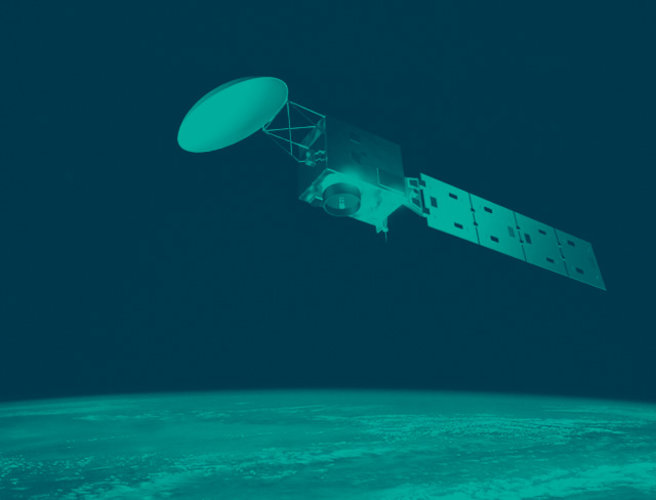
EarthCARE - ESA's cloud and aerosol mission
EarthCARE mission card with tagline
Friday, 12 April 2024 12:10
EarthCARE: cloud and aerosol mission
ESA astronaut graduation: launching into the future
Friday, 12 April 2024 12:08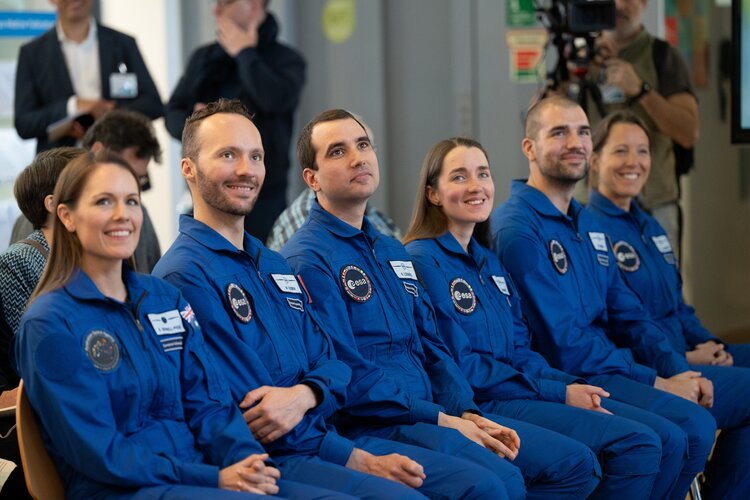
One year of basic training will soon bear fruit for ESA’s astronaut candidates Sophie Adenot, Pablo Álvarez Fernández, Rosemary Coogan, Raphaël Liégeois, Marco Sieber and Australian Space Agency astronaut candidate Katherine Bennell-Pegg.
On 22 April 2024, these astronaut candidates will receive their certification at ESA's European Astronaut Centre in Cologne, Germany, officially becoming fully fledged astronauts eligible for spaceflight.
Week in images: 08-12 April 2024
Friday, 12 April 2024 12:06
Week in images: 08-12 April 2024
Discover our week through the lens
ESA astronaut class of 2022 graduation ceremony
Friday, 12 April 2024 12:00 Video:
00:01:00
Video:
00:01:00
As they reach the end of one year of rigorous basic astronaut training, ESA astronaut candidates Sophie Adenot, Rosemary Coogan, Pablo Álvarez Fernández, Raphaël Liégeois, Marco Sieber and Australian Space Agency astronaut candidate Katherine Bennell-Pegg will receive astronaut certification at ESA’s European Astronaut Centre on 22 April 2024.
The group was selected in November 2022 and began their training in April 2023.
Basic astronaut training provides the candidates with an overall familiarisation and training in various areas, such as spacecraft systems, spacewalking, flight engineering, robotics and life support systems, as well as survival and medical training.
Following certification, the new
Juice’s first year in space: “it’s real now”
Friday, 12 April 2024 11:00
One year since the launch of ESA’s Jupiter Icy Moons Explorer (Juice), we catch up with core team members Claire Vallat, Giuseppe Sarri, Olivier Witasse and Ignacio Tanco.
From memories of launch day to hopes for the future, they talk honestly about the ups and downs of flying a space mission, and reveal how they’re ensuring that Juice will be a huge success.
China’s Queqiao-2 relay satellite ready to support lunar far side sample mission
Friday, 12 April 2024 10:09
A tour of the International Space Station with Andreas Mogensen
Friday, 12 April 2024 09:00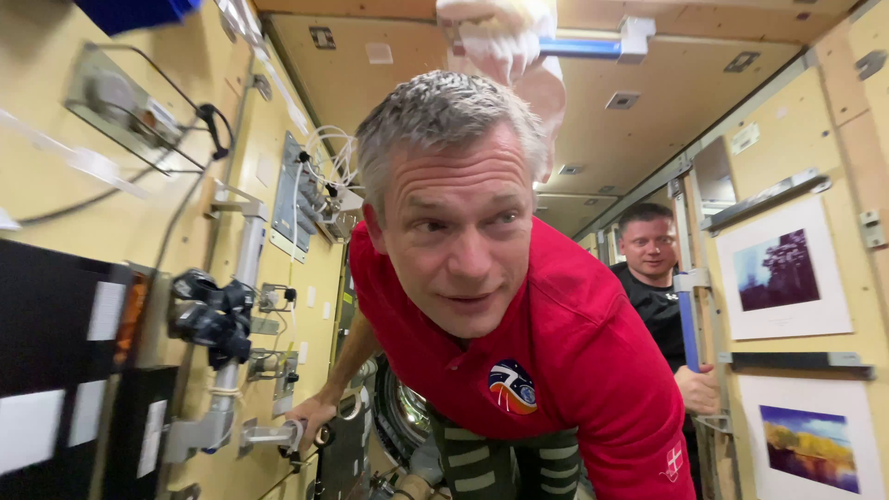 Video:
00:07:30
Video:
00:07:30
On the last day of his Huginn mission, ESA astronaut Andreas Mogensen takes us on a tour of the place he called home for 6 months: the International Space Station. From the beautiful views of Cupola to the kitchen in Node 1 filled with food and friends and all the way to the science of Columbus, the Space Station is the work and living place for astronauts as they help push science forward.
ESA launches 'Lunar Horizons' Moon mission game in Fortnite
Friday, 12 April 2024 07:00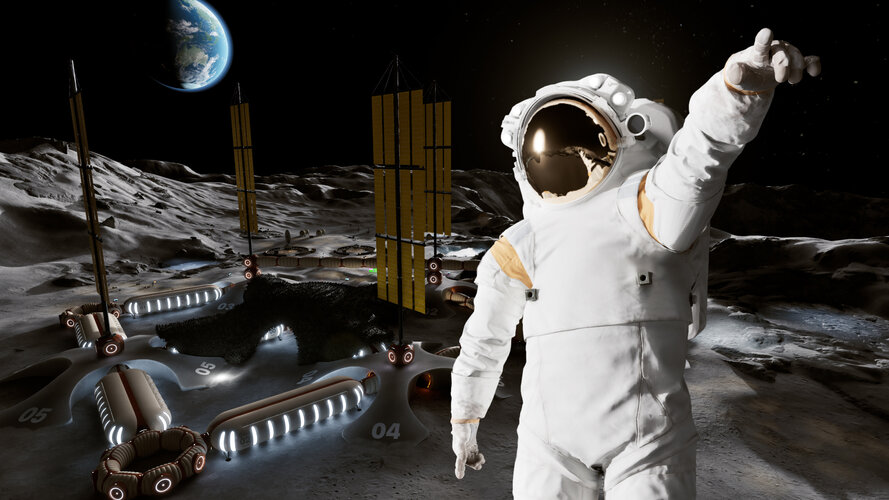
Suit up and get ready to launch on your own amazingly realistic Moon mission! Available now in Fortnite, Lunar Horizons is a vividly immersive experience set on the Moon during a future international mission. Released on 11 April 2024, the game was created by Epic Games, ESA and Hassell, in collaboration with Buendea and Team PWR.
Earth from Space: The Ebro Delta
Friday, 12 April 2024 07:00 Image:
This Copernicus Sentinel-2 image shows the delta of the Ebro River on the northeast coast of Spain.
Image:
This Copernicus Sentinel-2 image shows the delta of the Ebro River on the northeast coast of Spain. Examining the blowtorch effect of satellite reentry through video
Thursday, 11 April 2024 19:51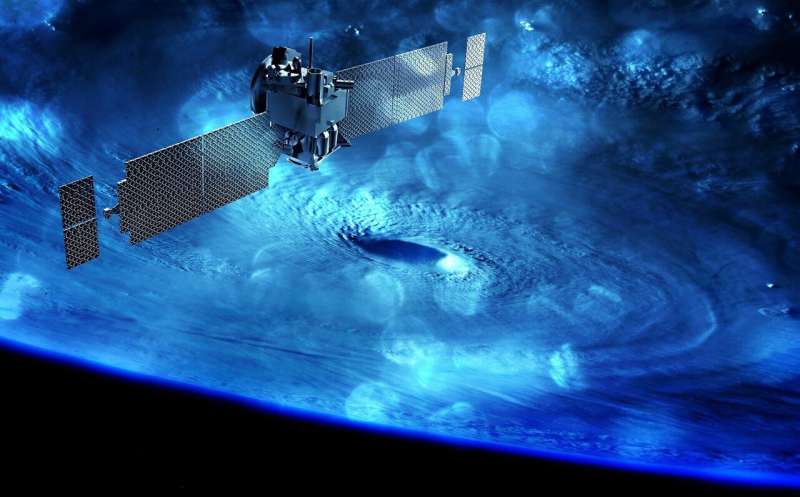
A reaction wheel—one of the heaviest parts of a space mission, its changing rotation used to shift a satellite's orientation—seen in a plasma wind tunnel belonging to the High Enthalpy Flow Diagnostics Group (HEFDiG) at the University of Stuttgart Institute of Space Systems (IRS). Arc-heated gas in the test chamber reaches speeds of several kilometers per second, reproducing reentry conditions, while the reaction wheel itself is being rotated, reproducing the tumbling that takes place as a satellite plunges through the atmosphere.
The reaction wheel itself comes from Collins Aerospace in Germany, which has supported Design for Demise (D4D) activities for many years and introduced several modifications to their TELDIX reaction wheel, making it more likely to come apart during satellite reentry in support of demisability.
This clip was presented during this year's Space Mechanisms Workshop at ESA's ESTEC technical center in the Netherlands and focused on current and future requirements and guidelines to reduce the risk from orbital debris, including ESA's Zero Debris Charter. The event was attended by more than 130 space mechanisms specialists from European industry and academia.





